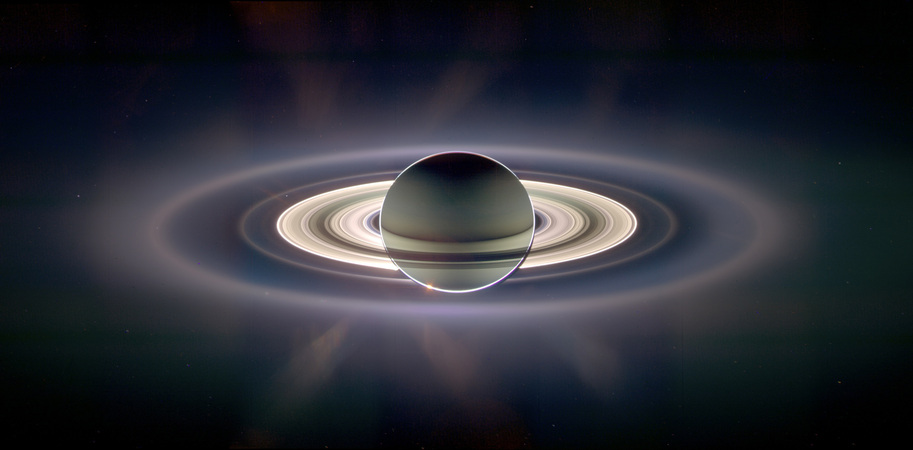Proper Motion in the Galactic Centre
Since the start of the twentieth century, when Harlow Shapley [8] first demonstrated that the Earth may not be the centre of the Universe, astronomers have wondered what lies at the centre of our galaxy. At the time only visual observation was possible but, unfortunately, the amount of dust in the galactic plane thoroughly obscured the view in that direction. In the 1930's, Karl Jansky, while studying static for Bell Laboratories, discovered that radio interference in his receivers was coming from the direction of the galactic centre. Bell Labs was not interested in further study, but scientists saw a potential way of observing the galactic centre---radio astronomy was born.
As radio astronomy instrumentation improved, surveys of the tumultuous
galactic central region became more detailed. In 1974 Balick and Brown
[2] published their observations of a very compact radio source in the
central region. The emissions were not easily explained by reference to
other stellar objects, more closely resembling weak emissions observed
in other galactic nuclei. The object, which attracted a lot of research
interest, came to be known as Sagittarius A* (Sgr A*).
Proper Motion in the Galactic Centre Essay
PDF
Exploring the Tully-Fisher Relationship Using Online Databases
One of problems that has dogged the science of astronomy from it inception is that of determining how far away objects are. Astronomers have devised a range of tools to convert from things we can measure into distances. One of the most easily measured attributes of an object is its brightness. The difference between how bright an object in the sky appears (apparent brightness) and how bright it actually is (absolute brightness) can be used to determine distance using a simple relationship. For certain types of object, called standard candles, it is possible to determine how bright the object actually is, allowing a distance calculation to be made. Amongst these objects are Cepheid variable stars and Type Ia supernovae. Cepheid stars are visible over very large distances and can be seen in nearby galaxies, while supernovae can be seen over immense distance but are far more rare. For the vast majority of galaxies though, no standard candles are available and the distance remains unknown. Coarse estimates of distance can be made using measurement of cosmological recession and the Hubble constant, the value of which is still quite uncertain, or cluster studies. Distances derived from less certain sources can be verified if a second, independent measurement method is available. The Tully-Fisher relation is one such method.
This project aims to investigate the Tully-Fisher relation in general. A
sample Tully-Fisher relation will be constructed for different
morphological types using data from the Lyon-Meudon Extra-galactic
Database (LEDA) and the ATNF HIPASS online databases.
Exploring the Tully-Fisher Relationship Using Online Databases Project
PDF
